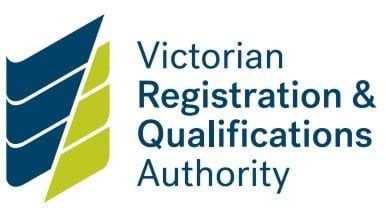About the Standard
A child safety culture is not a set-and-forget approach. It must be constantly reviewed.
This Standard focuses on continuous improvement in child safe policies, procedures and practices.
Providers must:
- regularly review and evaluate policies and strategies
- analyse child safety incident data
- share relevant review findings with their community.
Are you a registered school?
CRICOS schools and SEOs that are also registered schools should follow the child safe advice for schools. They must ensure their CRICOS and SEOs operations are incorporated into the school’s compliance with the Standards. They should tailor advice to their international student cohort and community.
Schools - review of child safety practices regulations
Implementation of the Child Safe Standards is regularly reviewed and improved.
A CRICOS or SEO school complying with this Standard may:
- document continuous improvement of child safety practices
- review its culture and processes for child safety
- communicate outcomes of relevant reviews to:
- the international student coordinator
- staff and volunteers
- communities
- international students and their families.
- pay more attention to international students who are:
- at risk
- vulnerable
- hard to reach.
Are you a non-school student exchange organisation?
Non-school student exchange organisations (SEOs) should follow the advice provided on this page and ensure that student care and oversight of inbound and outbound exchange programs match.
How to comply
A non-school SEO must provide evidence of:
- regularly reviewed and improved child safe practices, policies and procedures
- analysis of complaints, concerns and safety incidents to:
- identify systemic failures
- understand causes and risks
- improve processes
- communication of outcomes of relevant reviews to:
- staff and volunteers
- families and community
- students.
Examples of compliance
A non-school SEO complying with this Standard may:
- review its child safety policies and procedures after any significant incident
- maintain appropriate recordkeeping of child safety issues and concerns for example:
- password protected spreadsheet
- a secure logbook
- risk register
- identify and manage risks for staff and volunteer roles that work with exchange students:
- alone
- without supervision
- in intimate care.
Updated


